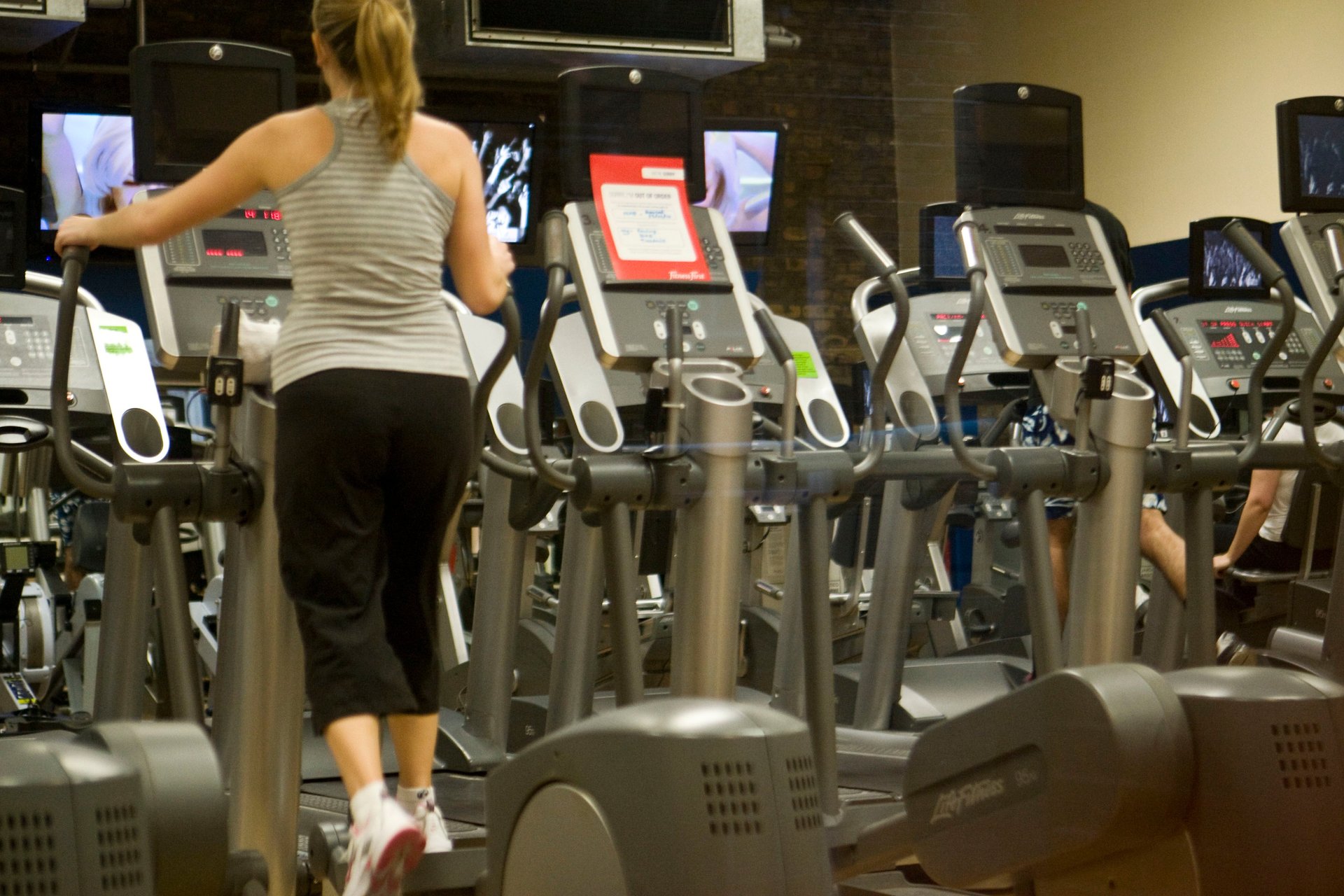The most maligned exercise machine in the gym is actually great for you
Since they first hit the scene in the 1990s, elliptical trainers have remained popular among gym-goers and home-exercise enthusiasts. For the uninitiated, the elliptical may seem like the lazy person’s treadmill. But for regular users, the appeal of these machines is obvious: Running can be rough on a person’s joints, but elliptical machines appear to be a gentler, lower-impact, but still vigorous form of aerobic training.


Since they first hit the scene in the 1990s, elliptical trainers have remained popular among gym-goers and home-exercise enthusiasts. For the uninitiated, the elliptical may seem like the lazy person’s treadmill. But for regular users, the appeal of these machines is obvious: Running can be rough on a person’s joints, but elliptical machines appear to be a gentler, lower-impact, but still vigorous form of aerobic training.
Experts say there’s good reason to believe the hype.
“The movement path that your legs go through on the elliptical trainer produces less stress on the joints than running or jogging,” says Edward Laskowski, MD, co-director of the Mayo Clinic Sports Medicine Center. For people with arthritis, sports injuries, or any other joint issues that make running painful or difficult, ellipticals allow them to “exercise longer and more pain-free than higher-impact exercises,” he adds. Compared to running, the elliptical also places less stress on muscles and tendons, Laskowski says.
The elliptical may also be easier on your back. “Since the feet of the user never leave the foot pedals, there is no pounding,” says John Porcari, PhD, a professor of exercise and sports science at the University of Wisconsin–La Crosse. Some of Porcari’s research has shown that, compared to running, “ground reaction forces” (the force your body endures when your feet strike the ground) are roughly halved during elliptical training and are about equivalent to walking.
Elliptical trainers also work your arms. “The push-and-pull movements of the arm components enable you to work muscles in the shoulders and upper back that are important for proper posture and muscle balance,” Laskowski explains.
The more muscle groups you engage during exercise, the greater the calorie burn, Porcari says. By getting your arms in on the action, “users can do more work at the same level of perceived effort,” he says. Research has shown that ellipticals also engage a user’s quadriceps and hamstrings (the two major muscles of the upper leg) better than other forms of exercise, including cycling.
How many calories can you burn with an elliptical? That’s tricky. Like any other form of exercise, the amount of energy you expend depends in large part on how hard you push yourself. But Porcari’s research has found that, whether running or using the elliptical, you’ll burn equal calories so long as your perceived effort is the same during each. More evidence has shown that people’s fitness levels improve at about the same rate when performing elliptical training, treadmill running, or stair climbing.
Just don’t rely on the elliptical machine to tell you how many calories you’re shedding. Some research shows the machine’s estimates can be off by up to 25%. Usually, the estimates are too high.
Though I asked several experts about the drawbacks from elliptical training, everyone was hard-pressed to come up with any. “There are no significant downsides,” Laskowski says. Even if you’re training for a marathon or some other running event—something you may want to reconsider, in light of the latest research—elliptical machines are a change of pace that can help improve your fitness while lowering your risk for pain and injuries.
Treadmill devotees may scoff. But as long as you’re pushing yourself, the elliptical offers a great workout that’s easy on your joints.
This story was originally published on Medium.